Solanum Sisymbriifolium
Solanum sisymbriifolium, commonly known as Sticky Nightshade is a fire and ice plant. It is the member of the large plant genus Solanum that contains more than 1500 species. This plant is native to South America and is currently distributed throughout the world.

Solanum Sisymbriifolium
Table Of Content
The plant is valued for its numerous uses. Biological control methods for this plant is been applied in many regions and will be done in the future too. The plant is also used as a trap crop to protect potatoes from cyst nematode (pesticide). Only the fruits are edible. This is a hedge plant covered with thorns.
Solanum Sisymbriifolium Common name
Solanum sisymbriifolium is commonly known as Sticky Nightshade.
Solanum Sisymbriifolium other names
There are many other names of Solanum Sisymbriifolium.
- Alco Chileo(Spanish)
- Fire and ice plant (English)
- Jeweelie (Argentina)
- Viscid Nightshade (Australia)
- Wild tomato (English)
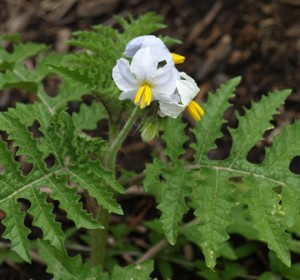 Picture 1 – Solanum Sisymbriifolium
Picture 1 – Solanum Sisymbriifolium
Solanum Sisymbriifolium Description
Solanum Sisymbriifolium is a perennial plant and looks like the description given below
Height : Grows up to a height of 1m.
Fruits : The small edible fruits of the plant are red on the outside and yellow inside. They grow inside a husk.
Stems : The stem and branches are viscid, and are armed with orange-yellow spines.
Leaves : The leaves are pinnate and are divided into 4-6 coarse lobes. Leaves are 40 cm long and are 25cm wide.
Flowers : The five parted flowers are white and light blue in color, having a diameter of 3cm.
Solanum Sisymbriifolium Habitat and Distribution
Solanum Sisymbriifolium is abundantly found along the roadsides and waste places of North America. The plant is also seen in the shrubby woodlands of Australia. Nowadays it is found in almost all parts of the world. They don’t need any specific area to grow as they are resistant to all types of soil.
Solanum Sisymbriifolium Cultivation
Solanum Sisymbriifolium is mainly seen grown in the roadsides, landfills and waste places as well as in the woodland areas. This particular plant can grow anywhere without any care. The plant is resistant to any type of soil and soil ph. All it requires is moisture. It is also tolerant of low-light situations and prefers sandy soils. Watering the plant is not required.
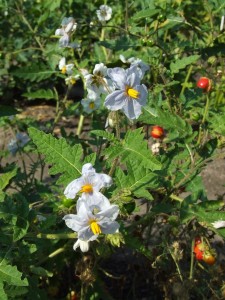 Picture 2 – Solanum Sisymbriifolium Image
Picture 2 – Solanum Sisymbriifolium Image
Solanum Sisymbriifolium Health benefits
Only the fruits are edible. As these plants are grown in the roadsides, they are not so much beneficial for our health. The fruits are consumed by the indigenous birds and rarely by the human beings.
The fruit is a source of solasodine. Solasodine is a glycoalkaloid used in the amalgamation of corticosteroids and sex hormones. The mixture is also used in oral contraceptives.
Solanum Sisymbriifolium Uses
Solanum Sisymbriifolium is commonly known for its use as trap crop for potato cyst. Using this plant in potato fields can prevent the potato crop from being affected. Study has shown that the population of the cysts has reduced to a large extent. It mainly stimulates the hatching of juvenile pests from their cysts by root diffuseness. The plant is resistant to infestation by the juveniles. All it does is prevent reproduction of the pests.
Solanum Sisymbriifolium Recipes
There are only in a few dishes where these wild tomatoes are used.
- Wild tomato Couscous
- Wild tomato pizza
Solanum Sisymbriifolium Availability
These plants are seen all over the world and their population is increasing day by day. Fruits are picked up from the plants by people casually. These fruits are also sold in the market, especially in the fruit market. The market price is quite cheap.
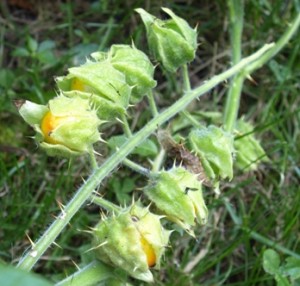 Picture 3 – Solanum Sisymbriifolium Seeds
Picture 3 – Solanum Sisymbriifolium Seeds
Solanum Sisymbriifolium Side effects
Some side effects of this vegetable are there that should be accounted.
- Daily consumption can make your digestive tract disturbed.
- Sometime can cause skin infection
Solanum Sisymbriifolium Interesting facts
Being a roadside plant, there are some interesting facts of this species of vegetable.
- Solanum Sisymbriifolium behaves like a weed.
- Plants of this species invade cattle pastures.
- Solanum Sisymbriifolium germinates in 2-4 weeks.
- The species reproduce asexually by the growth of its rhizomes.
- The plants are self-incompatible.
Solanum Sisymbriifolium Pictures
Here are given a few pictures of the Solanum Sisymbriifolium plant
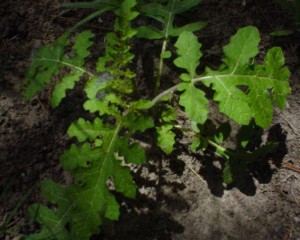 Picture 4 – Solanum Sisymbriifolium Photo
Picture 4 – Solanum Sisymbriifolium Photo
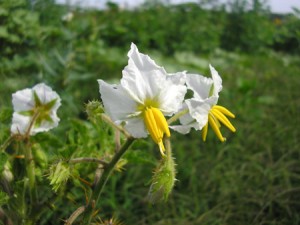 Picture 5 – Solanum Sisymbriifolium Picture
Picture 5 – Solanum Sisymbriifolium Picture
References:
http://en.wikipedia.org/wiki/Solanum_sisymbriifolium
http://www.issg.org/database/species/ecology.asp?si=1216&fr=1&sts=
http://www.pfaf.org/user/Plant.aspx?LatinName=Solanum+sisymbriifolium
- by Debasmita Dasgupta
- April 18th 2012

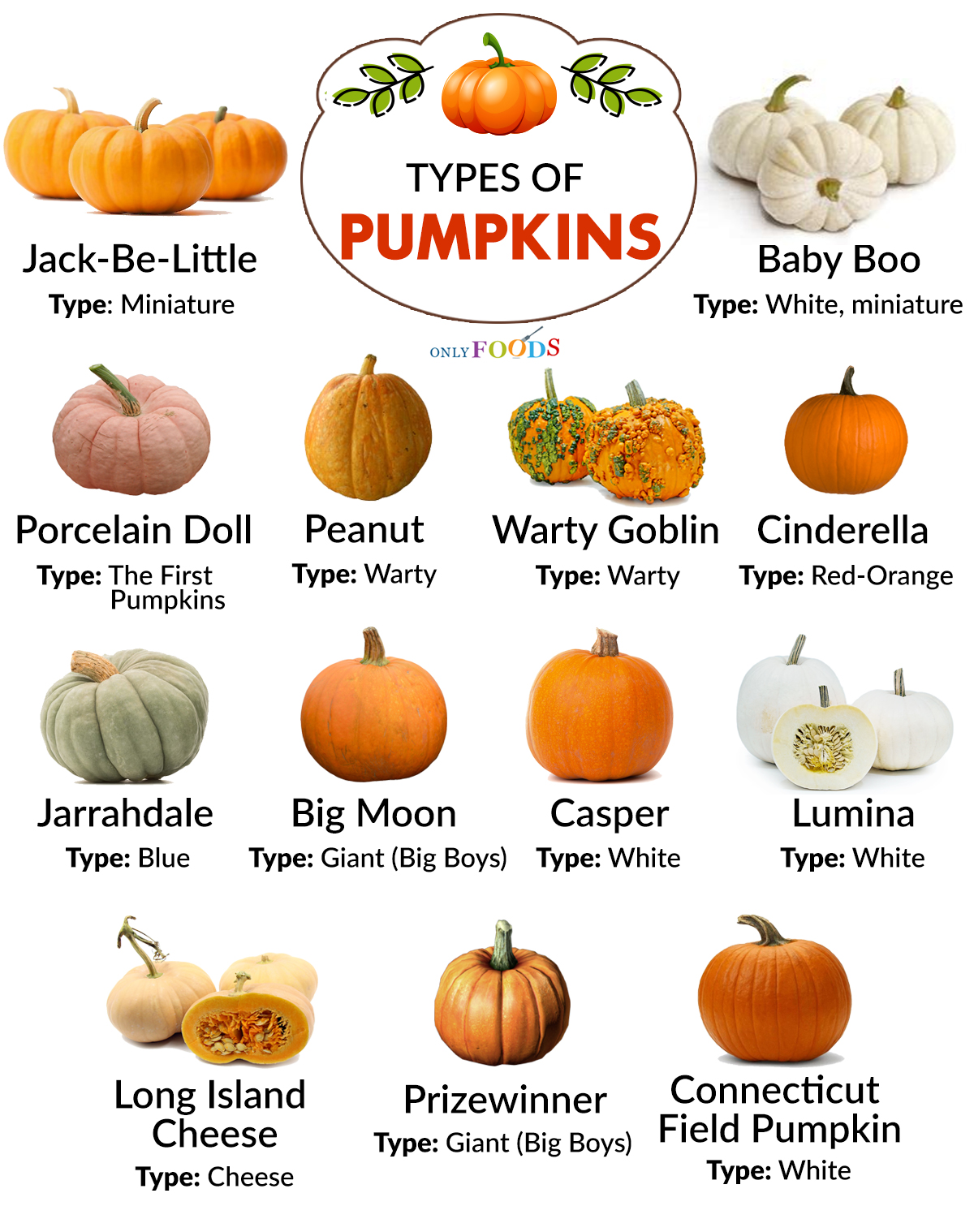
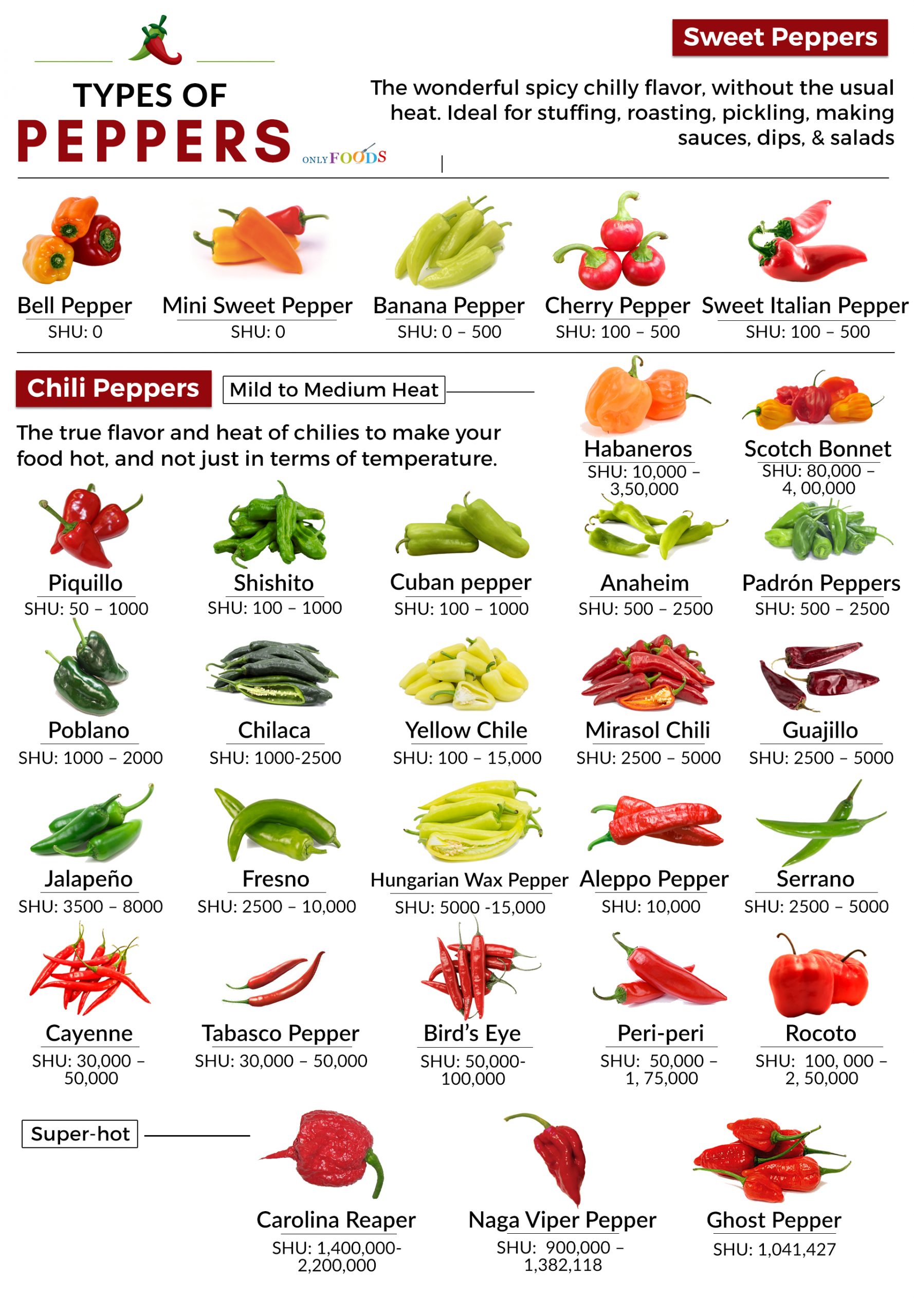
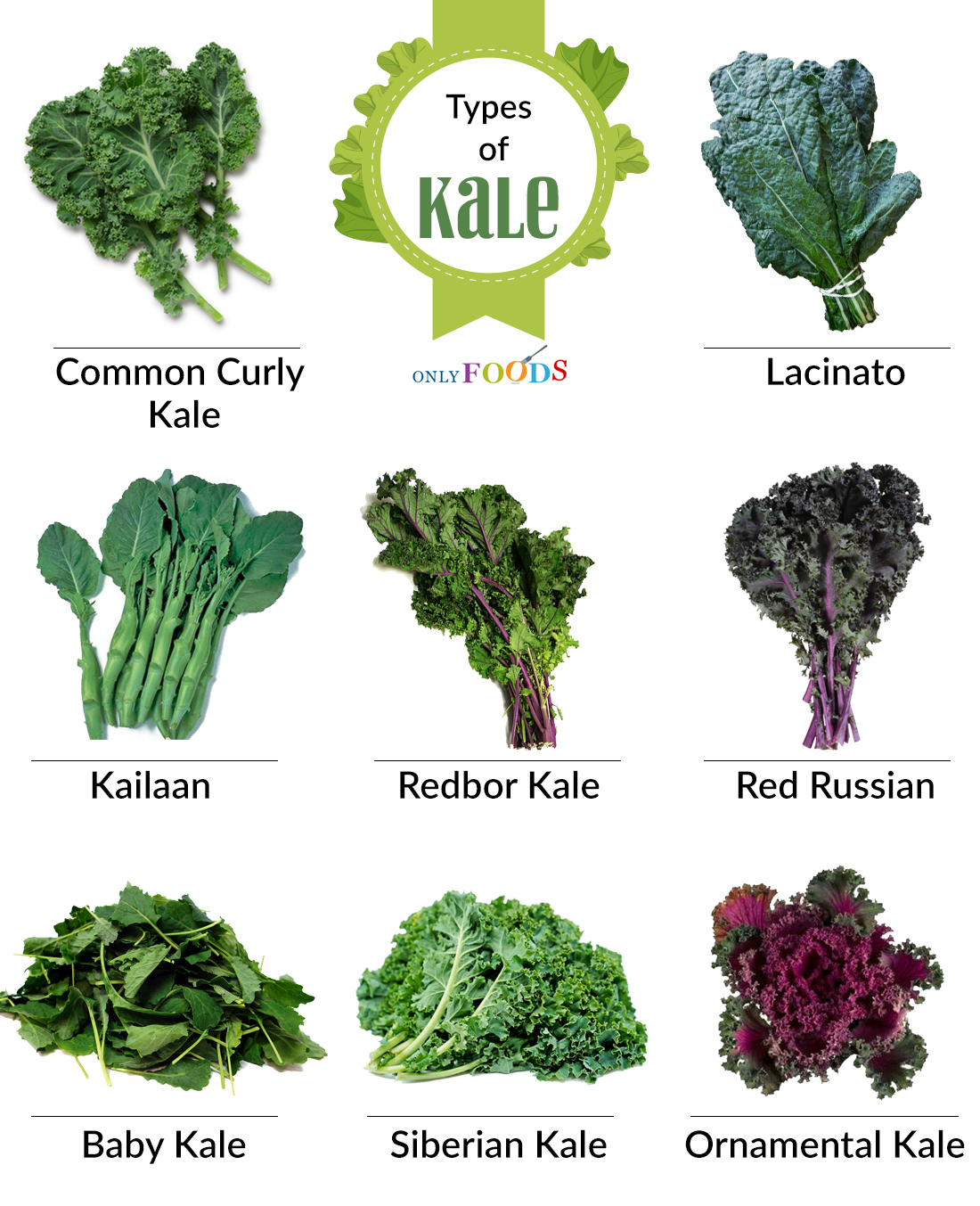
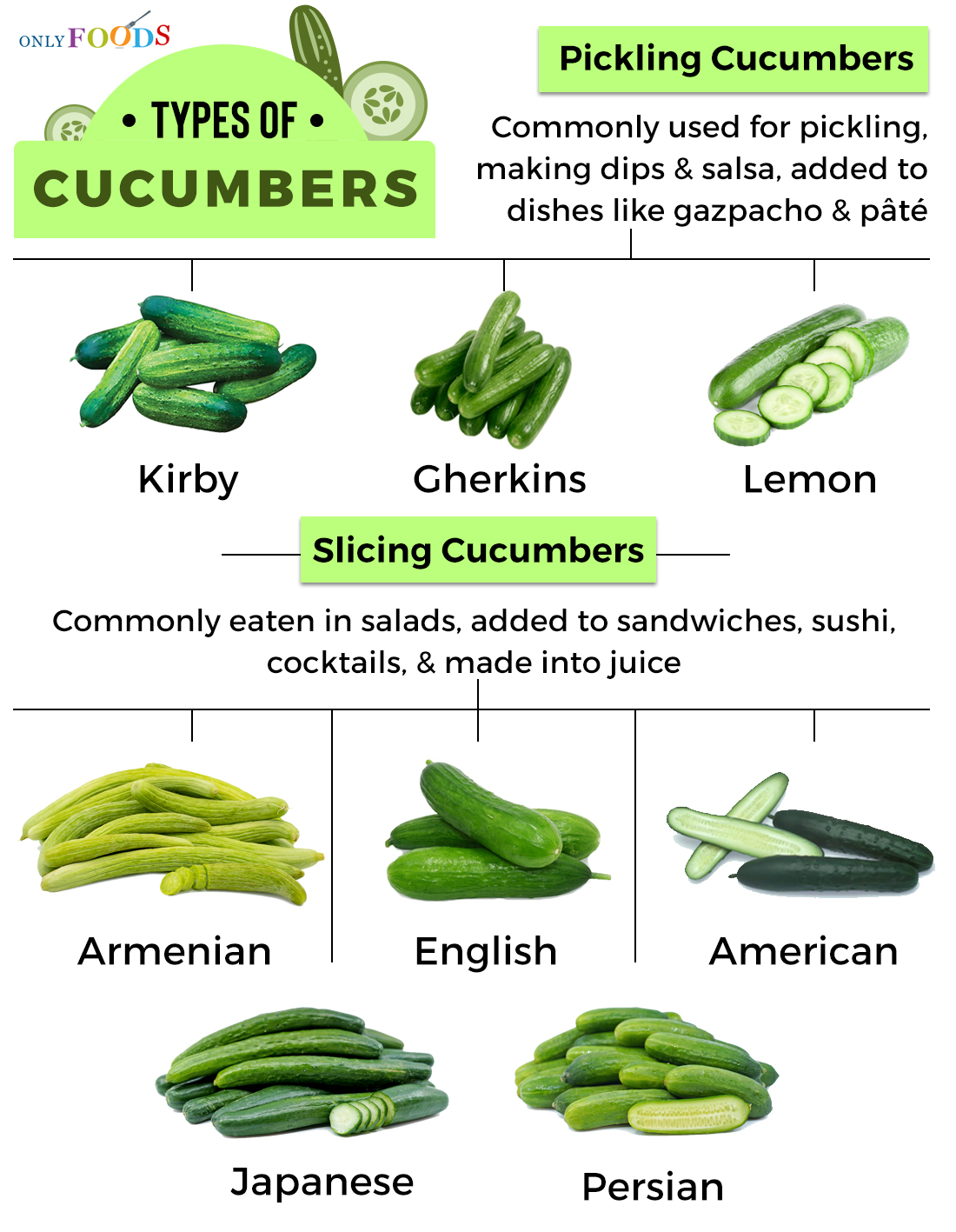
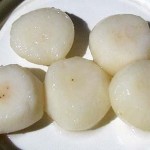
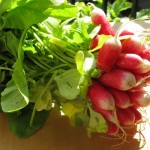
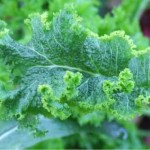

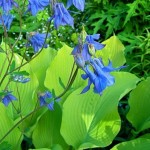



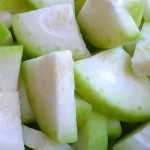
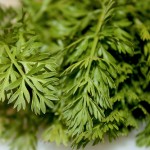
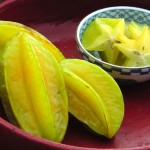
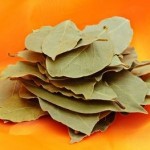
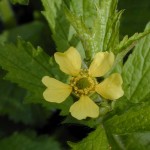
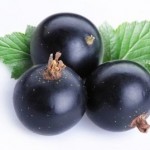
Leave a Reply